Bojana Milićević
Eu3+- activated Sr2GdF7 colloid and nano-powder for horticulture LED applications
Milićević, Bojana; Ćirić, Aleksandar; Ristić, Zoran; Medić, Mina; Evans, Ivana Radosavljević; Alodhayb, Abdullah N.; Antić, Željka; Dramićanin, Miroslav D.
Authors
Aleksandar Ćirić
Zoran Ristić
Mina Medić
Professor Ivana Evans ivana.radosavljevic@durham.ac.uk
Professor
Abdullah N. Alodhayb
Željka Antić
Miroslav D. Dramićanin
Abstract
A series of multifunctional Sr2Gd1-xEuxF7 (x = 0, 0.05, 0.10, 0.40, 0.60. 0.80, and 1.00) phosphors in stable colloidal form and as nanopowders have been prepared using a hydrothermal method. Powder X-ray diffraction analysis confirmed that the materials crystallize in a cubic crystal structure. Transmission electron microscopy shows quasi-spherical nanoparticles with an average particle size of ∼24 nm. Photoluminescence measurements show highly efficient red emission in both colloids and nanopowders, with intensity continually increasing up to 80 mol% of Eu3+ content without concentration quenching. The most prominent emission peaks are around 600 nm (orange/red) and 700 nm (deep red), with the latter more pronounced. Quantum efficiency follows a similar trend, and reaches 60 % for the sample with 80 mol% of Eu3+ content. In addition, similar asymmetry ratio values and CIE coordinates show that there is not a big change in the local symmetry around Eu3+ ions or emission color across the series. This confirms that Eu3+ resides in the same crystalline environment in samples. The observed 5D0-level lifetimes gradually decrease from 12.0 ms to 6.9 ms as the Eu3+ concentration increases. Judd-Ofelt parameters show slight variation with Eu3+ concentration with Ω4 always larger than Ω2. The temperature-dependent steady-state and time-resolved photoluminescence measurements demonstrate high stability of nanopowders’ emission up to 100 °C. The combination of temperature stability and high efficiency of emission, as well as the untypical dominant deep-red emission at 700 nm labels these nanoparticles as potential nanophosphors for various applications.
Citation
Milićević, B., Ćirić, A., Ristić, Z., Medić, M., Evans, I. R., Alodhayb, A. N., Antić, Ž., & Dramićanin, M. D. (2025). Eu3+- activated Sr2GdF7 colloid and nano-powder for horticulture LED applications. Journal of Alloys and Compounds, 1010, Article 177820. https://doi.org/10.1016/j.jallcom.2024.177820
| Journal Article Type | Article |
|---|---|
| Acceptance Date | Nov 26, 2024 |
| Online Publication Date | Nov 28, 2024 |
| Publication Date | 2025-01 |
| Deposit Date | Jan 13, 2025 |
| Publicly Available Date | Jan 13, 2025 |
| Journal | Journal of Alloys and Compounds |
| Print ISSN | 0925-8388 |
| Electronic ISSN | 1873-4669 |
| Publisher | Elsevier |
| Peer Reviewed | Peer Reviewed |
| Volume | 1010 |
| Article Number | 177820 |
| DOI | https://doi.org/10.1016/j.jallcom.2024.177820 |
| Public URL | https://durham-repository.worktribe.com/output/3333517 |
Files
Published Journal Article
(5.5 Mb)
PDF
Publisher Licence URL
http://creativecommons.org/licenses/by/4.0/
You might also like
Ionic Mobility in Energy Materials: Through the Lens of Quasielastic Neutron Scattering
(2025)
Journal Article
Computational Insights into Dion–Jacobson Type Oxide Ion Conductors
(2024)
Journal Article
Downloadable Citations
About Durham Research Online (DRO)
Administrator e-mail: dro.admin@durham.ac.uk
This application uses the following open-source libraries:
SheetJS Community Edition
Apache License Version 2.0 (http://www.apache.org/licenses/)
PDF.js
Apache License Version 2.0 (http://www.apache.org/licenses/)
Font Awesome
SIL OFL 1.1 (http://scripts.sil.org/OFL)
MIT License (http://opensource.org/licenses/mit-license.html)
CC BY 3.0 ( http://creativecommons.org/licenses/by/3.0/)
Powered by Worktribe © 2025
Advanced Search
